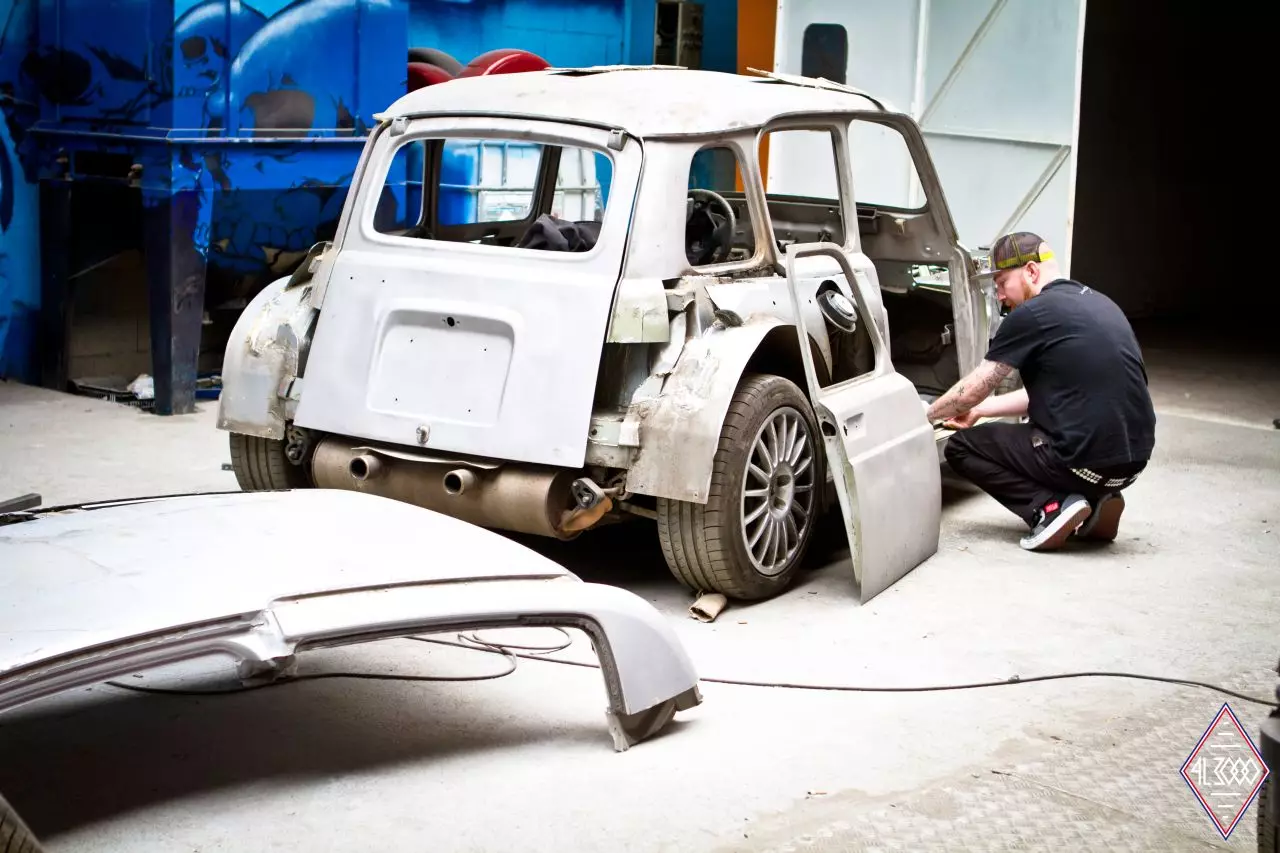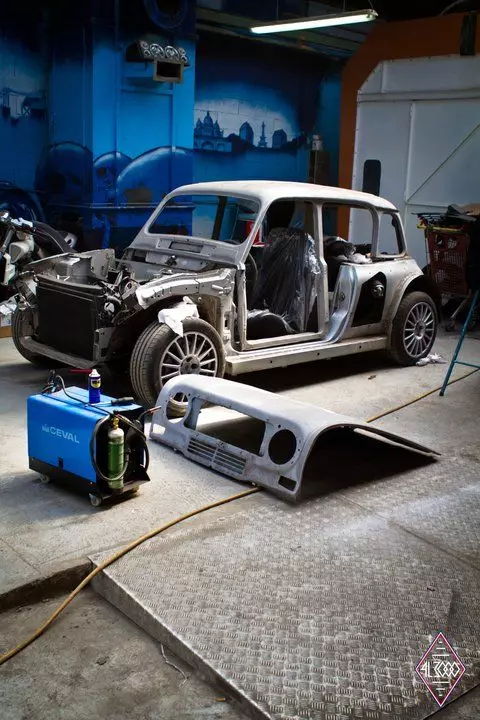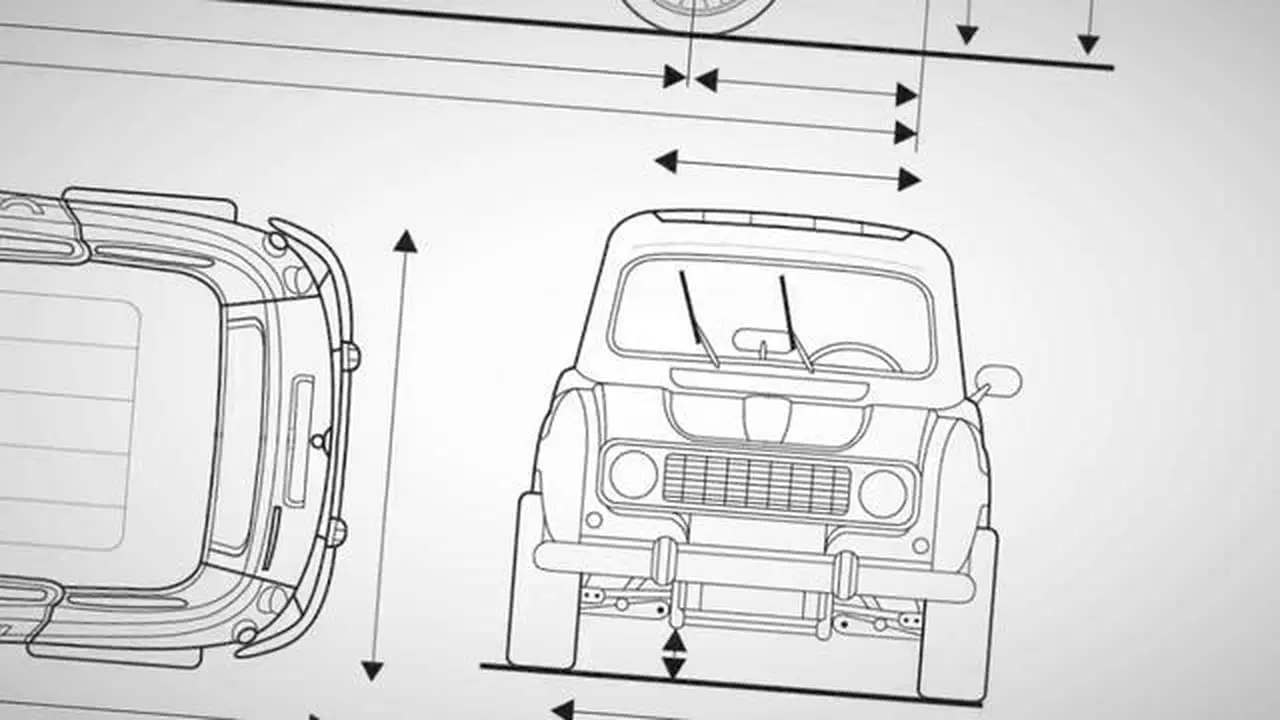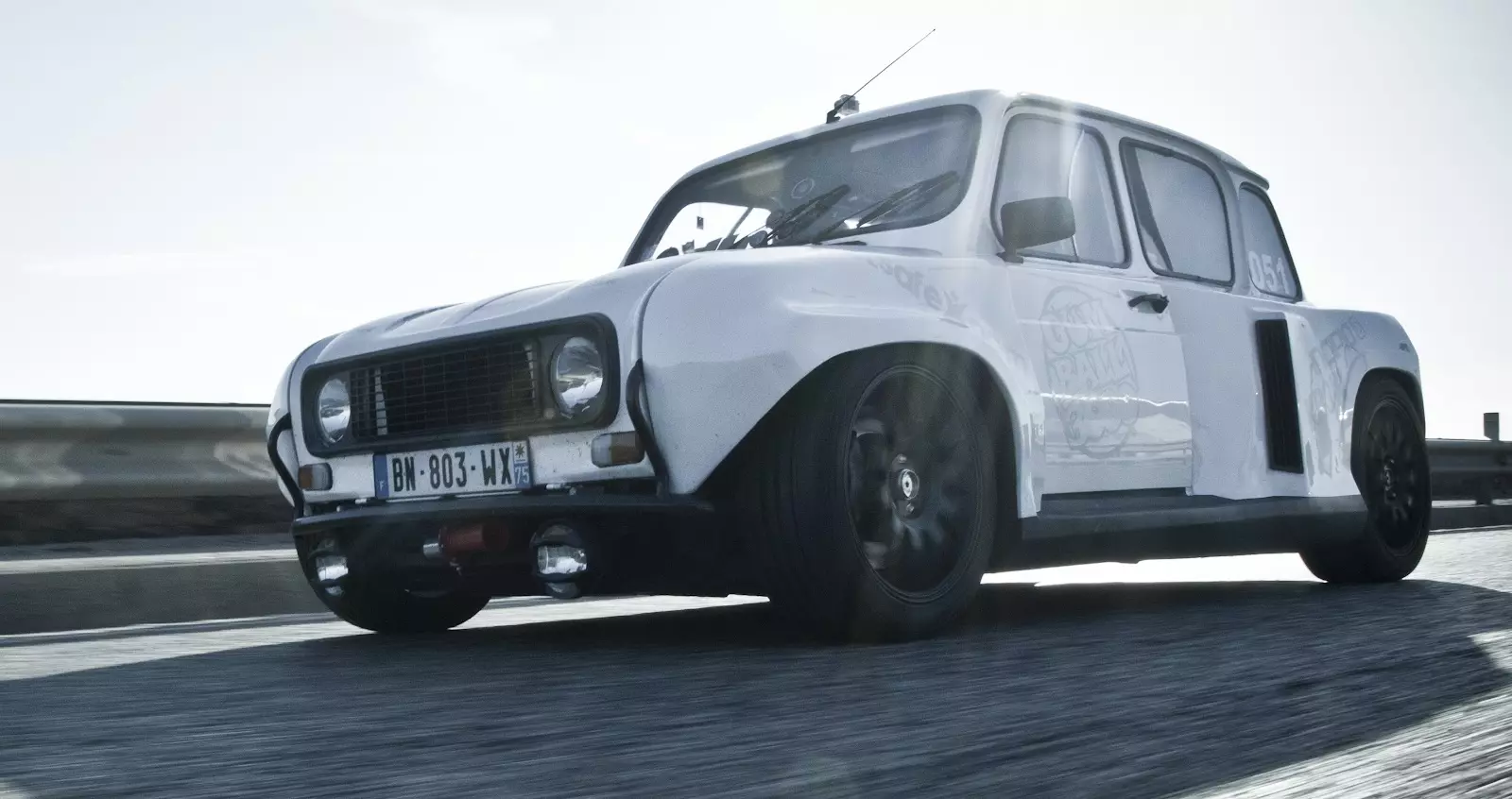If there is a model cherished by all the Portuguese, that model is the Renault 4L. The probability that your grandfather or father had one is extremely high. If you've never thought about the possibility of owning a Renault 4L at least once in your life, “I'd even like to have a Renault 4L” either: either you're not Portuguese or you don't like cars.
The Renault 4L was practical, reliable, affordable and absurdly comfortable. Among us, it earned the nickname of “jeep of the poor” due to its ability to face unpaved roads. From a dynamic point of view, well… it was a Renault 4L. The body roll was substantial – at the very least.

It is for all these reasons that we were absolutely blown away by this Renault 4L 3000.
Who came up with this idea?
It was Ecurie, a consulting firm specializing in lifestyle and social media. I imagine that the company's founders cannot say this without breaking down laughing. It must have been the respectable way of explaining what they're doing without saying something like “let's go into a garage and do scenes…lol”.

What was the goal?
The goal was to create an absolutely unique model to participate in that motorized, multicultural and comprehensive event, called Gumball 3000 − you know very well that Gumball is nothing like that...

This model had to be fast, exclusive and withstand abuse from London to Belgrade. The choice seems obvious to us… anything but a Renault 4L.
The Renault 4L 3000 was born
It was from the platform of a Renault Clio V6, a car that only has Clio's name, headlights and half a dozen parts, that the Renault 4L 3000 was born.

The modifications carried out on the small Renault Clio to receive the 255 hp V6 engine in a central position were so extensive that the engineering team practically developed a chassis from "zero". As for the Renault 4L 3000, it took advantage of all the mechanical components of the Clio V6. From the original Renault 4L, only a few body panels were used.
Which even makes sense considering that it is a Renault 4L capable of reaching 243 km/h and reaching 0-100 km/h in six seconds.

mixed feelings
The end result is interesting, we are all in agreement. But sacrificing a Renault Clio V6 in the name of a whim – however spectacular – costs me. Check out the videos of the transformation process, if you have a similar idea in your mind:
